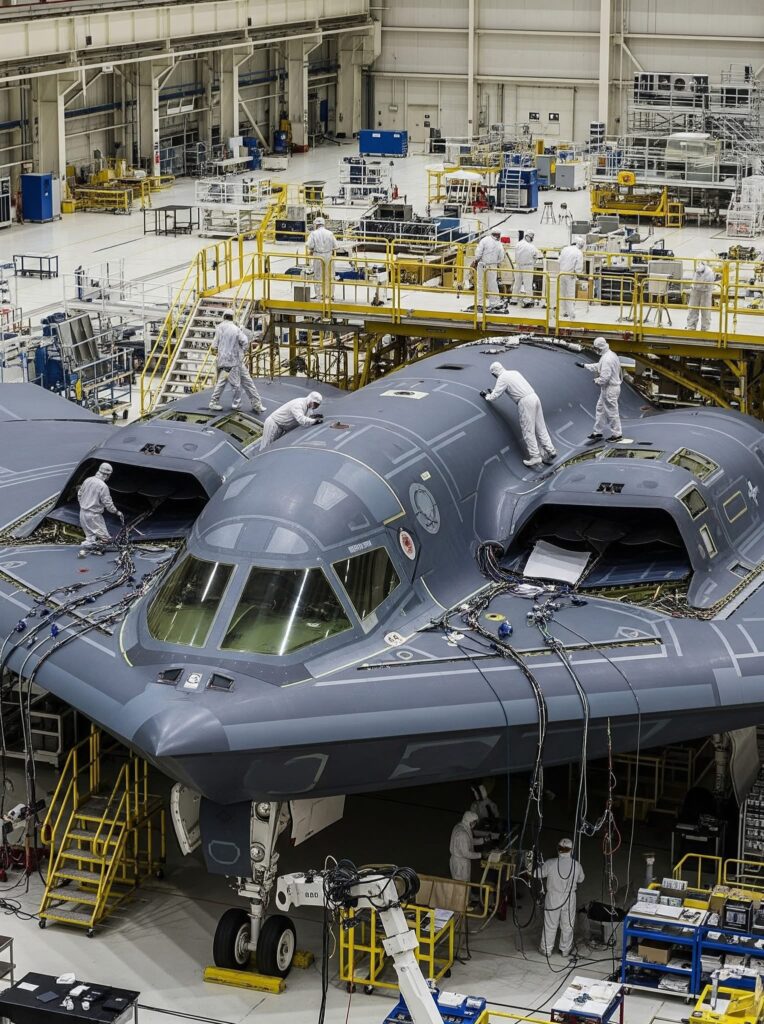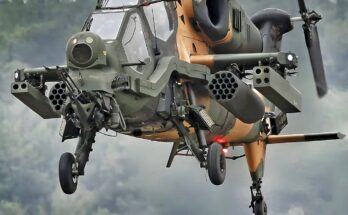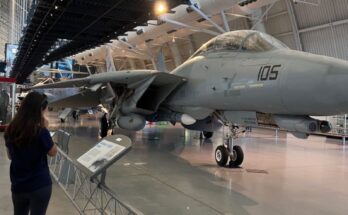
The B-2 Spirit, often referred to simply as the Stealth Bomber, remains one of the most advanced aircraft ever built. Designed during the Cold War and introduced into service in the 1990s, it represents a significant leap in aerospace engineering, not only for its stealth capabilities but also for the complexity of its assembly. Understanding the progress behind B-2 Spirit assembly provides insight into the level of precision, secrecy, and innovation required to produce such a unique bomber.
Unlike conventional aircraft, the B-2 Spirit is built around the principle of stealth. Every stage of its assembly reflects this priority. The bomber’s iconic flying wing shape, with no vertical stabilizers, reduces radar cross-section. Building such a structure requires immense coordination between advanced materials, cutting-edge aerodynamics, and carefully layered composite skins. Each part must align perfectly, as even minor inconsistencies could compromise radar evasion.
Assembly of the B-2 was never a straightforward production line process. Instead, it was a carefully controlled effort involving multiple facilities and contractors across the United States. Key components such as wings, fuselage sections, and stealth materials were produced separately and then brought together in specialized assembly plants. This distributed model helped preserve secrecy while allowing experts in specific areas—such as composites or avionics—to contribute to the bomber’s development.
The process also required innovative manufacturing techniques. The B-2 relies heavily on radar-absorbing materials (RAM), which had to be applied with extreme care during assembly. These coatings are sensitive and require controlled environments to ensure they perform as intended. Workers had to operate under strict protocols, with each stage meticulously inspected. The goal was not just to build a bomber that could fly, but one that could remain virtually invisible to enemy radar.
Equally important in the assembly process was the integration of advanced systems. The B-2 carries sophisticated avionics, defensive countermeasures, and long-range navigation equipment. Fitting these into the aircraft demanded precision wiring, extensive testing, and redundancy planning. Engineers worked to ensure that electronic systems were shielded and that signals emitted by the bomber did not compromise stealth performance.
Assembly progress was not without challenges. Because the B-2 represented such a leap forward in design, setbacks were inevitable. Engineers often had to devise new solutions on the spot, whether in material bonding techniques or in solving aerodynamic questions unique to the flying wing. Despite delays and high costs, the result was an aircraft that has remained strategically relevant for more than three decades.
Today, the assembly of the B-2 Spirit stands as a benchmark in aerospace history. Although production was limited to just 21 aircraft, the lessons learned continue to influence modern bomber design, including the upcoming B-21 Raider. The B-2’s assembly progress demonstrated that with enough innovation and determination, it was possible to build an aircraft that redefined the balance between offense and defense in global air power.
The B-2 Spirit is more than a bomber; it is a testament to progress in stealth assembly. Each aircraft represents thousands of hours of meticulous construction, a union of science, technology, and strategic vision. Its legacy proves that assembly is not just about putting parts together, but about creating a weapon system that reshapes the future of air warfare.


